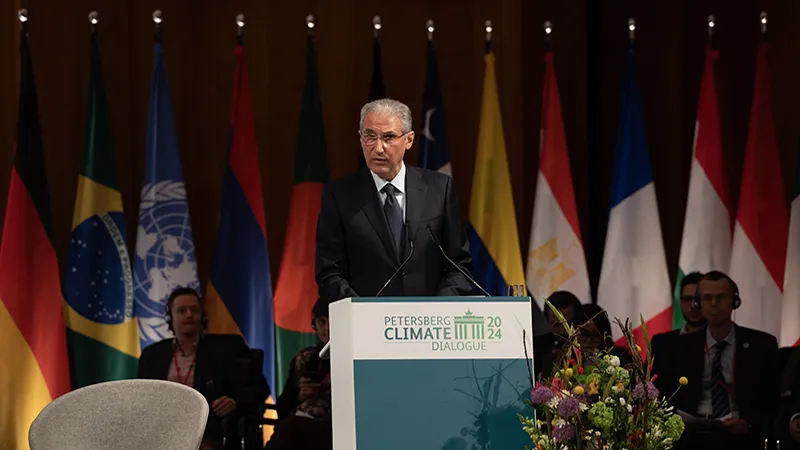Trade tensions between the US and China, simmering over years of tariffs and restrictions, have recently escalated with China’s move to control graphite exports, a critical resource for the electric vehicle (EV) industry. This strategic play by China, the leading producer contributing to a substantial percentage of the global supply, reverberates through the corridors of global trade and industrial planning.
In response to China’s restrictions, there’s been a palpable shift in the West towards fortifying alternative supply chains. This strategic pivot isn’t just about finding new sources of raw materials; it’s about embracing the principles of a circular economy—a system aimed at eliminating waste and the continual use of resources. This approach is critical for industries like EVs, where material scarcity is a real and present challenge.
In the quest for circularity, the EU and US are significantly investing in battery recycling capacities, an essential link in the circular economy chain. Industry leaders Li-Cycle and Redwood Materials are pioneering this space, developing the infrastructure to reclaim valuable metals from spent batteries. North America’s Ascend Elements, also expanding into Europe, joins this effort, signifying a transatlantic push towards a closed-loop system in battery production.
Chile’s approach to enhancing the value chain within its borders by developing more sophisticated lithium processing capabilities further illustrates a global transition towards circular economic models. Notably, Chile’s deal with China’s Tsingshan to build an lithium iron phosphate cathode plant showcases this shift from raw material exportation to processing, retaining more value within the country.
Investor focus on these developments is sharp. The circular economy represents not just a sustainable business model but a strategic bulwark against geopolitical risks. This is especially pertinent given the West’s reaction to China’s 2010 Rare Earth Elements embargo on Japan. The incident catalysed the development of the region’s first non-Chinese REE processing facility in Malaysia—a move to ensure supply chain resilience that resonates with today’s graphite context.
China’s export controls on spherical graphite—a precursor for EV battery anodes—highlight the potential for immediate supply shocks, yet they also emphasise the fragility of over-reliance on single-source supply chains. China’s 2010 embargo is a case in point, prompting the search for and investment in alternative sources that would otherwise have remained uneconomic.
This escalation in trade restrictions plays into a broader narrative: it’s a power play that necessitates a careful balance. China risks not only the acceleration of alternative resource development by the West but also its credibility in the global trade arena. Should controls tighten hastily, the alternative sources and technologies may rapidly become economically viable, reflecting the reactive nature of policy support to invest in these options.
For example, the limitations on graphite have revived interest in alternative materials like silicon for battery anodes. Silicon, abundant and promising in energy storage efficiency, stands out as a prime candidate to reduce the reliance on graphite. While the shift to silicon is challenging—given its properties like volumetric expansion during charging—progress in this domain is gaining momentum, spurred by both necessity and the push for a circular economy.
Investors, cognisant of these tensions, are looking towards companies that exemplify circular economy principles. These entities not only contribute to resource security but also align with a future where economic activities are geared towards sustainability and strategic autonomy.
As the graphite export saga unfolds, it’s a stark reminder of the critical intersection between resource politics and the need for robust, circular supply chains. The West’s increasing concern over supply chain security, coupled with strategic responses like battery recycling and domestic processing, underscores the importance of integrating circular economy principles into the investment narrative. In the face of geopolitical manoeuvring, the promotion of a circular economy is not just a strategic investment choice; it’s a linchpin for future economic resilience and stability.









